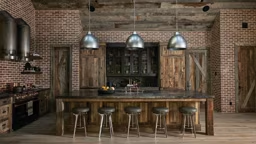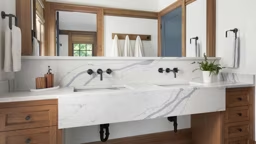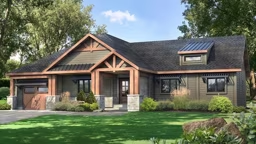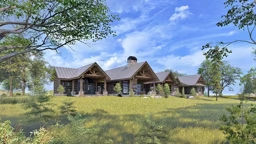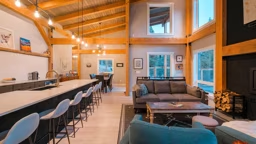
1. Make a Big Impression
If your timber home will play host to an array of out-of-town visitors, you’ll want their space to make the same kind of impression that the rest of your home will. A covered (or screened) “sleeping porch” and a private bathroom with spa-like amenities will leave them feeling pampered and refreshed.
2.Take Advantage of the Space
Take advantage of space that’s already built in to your home — especially on the upper level. “Dormers add headroom, natural light and ventilation, while the purlins and valleys used in their construction add interesting details,” Lippert says.
3. Design for Dual-Purposes
Because this room is only used occasionally, it can serve double duty — as a home office, for example. If this kind of dual-purpose room is in your future, Salant offers this advice: “Carefully plan where your computer workstation will go. Keep your printer and bookcases near the computer, and position your monitor to avoid screen glare. Use high-quality office furnishings; if you work from home, you’ll spend a considerable amount of time here so make yourself comfortable.”
See also How to Maximize Space in Your Timber Home Plan
4. Be Mindful of the Views
Kylloe elaborates on the home-office theme. “Place the guest room/home office far from the main living quarters to avoid excess noise and disturbances. Keep in mind that an office with a great view can be distracting, but balance this fact with what you’ll want guests to see when they visit.”
5. Long and Narrow Guest Rooms Are Key
“Make a guest room/home office long and narrow; this allows a bed on one end to face the view window, and it provides enough space for a freestanding table and chair on the other,” Carr adds. “The table, which can be used for doing paperwork, should have 3 feet of clearance on all sides. Bulky furniture such as computer stations should go along walls that don’t offer a view.”




